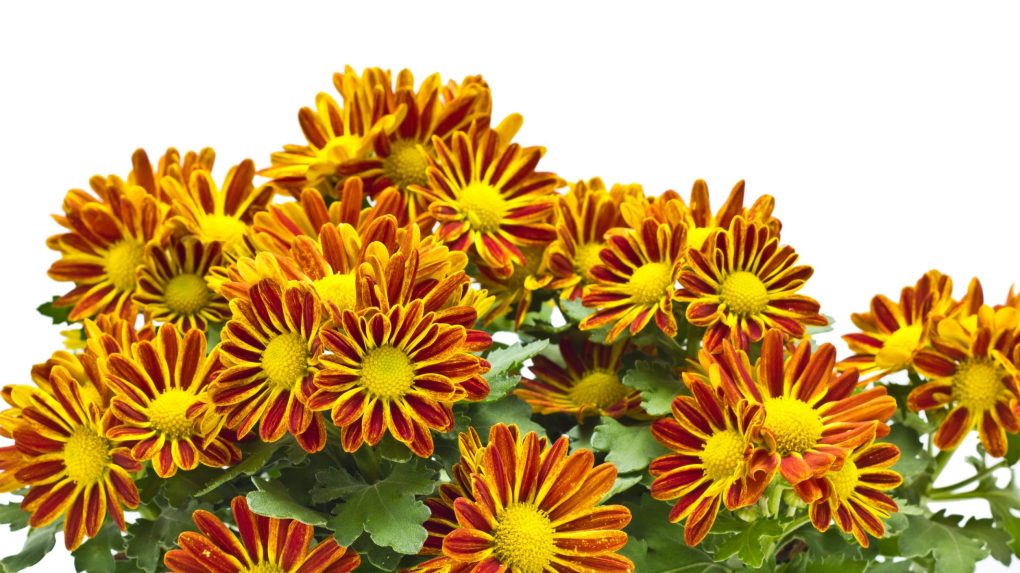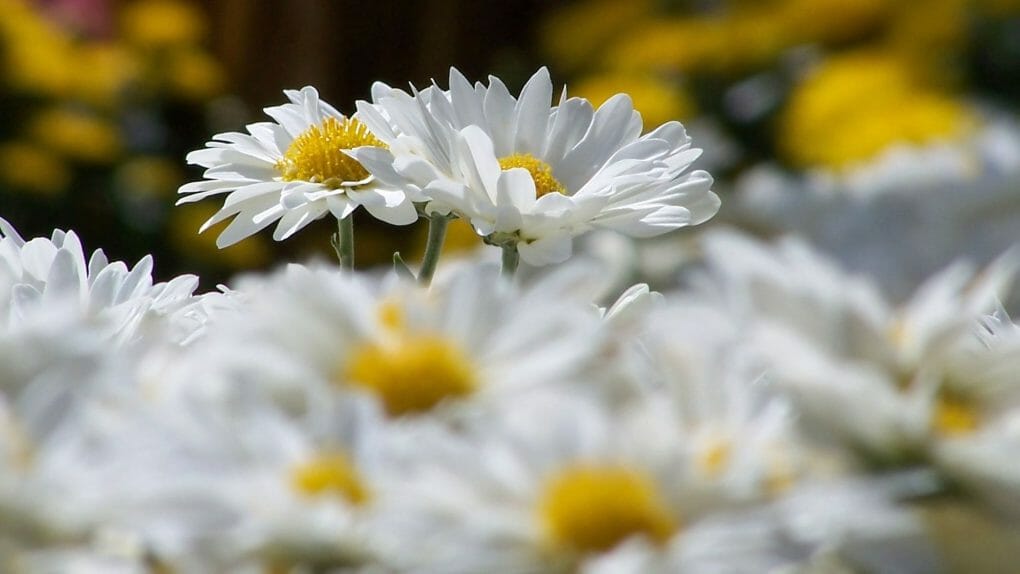How Long Do Potted Chrysanthemums Last? Caring for Indoor Chrysanthemums
A well-cared-for potted chrysanthemum can live for as long as four years. They are a type of flower that typically bloom and lasts for around 2-3weeks with good airflow and not too much moisture. However, this can vary depending on the climate and care you give them. If you keep your chrysanthemums in a humid environment, they will last longer. And if you water them regularly and place them in a sunny location, their flowers will last even longer. Taking care of container mums is usually a short-term project.

You may be debating whether or not Mums are worth saving. Chrysanthemums are often considered annuals by gardeners. However, they are true perennials in nature.
These blooms are known as “tender perennials” in the gardening world. This basically means they will only return if given a suitable environment in which to overwinter.
For a plant to return the following year, it must overwinter successfully, regardless of whether it is in a garden bed or a pot. Only if the plant is given time to establish deep roots will this be possible.
It’s not unusual for spring-planted chrysanthemums to survive the winter. Once the weather cools down, the plant’s root system is strong enough to withstand the conditions. However, those that are planted in the summer with the expectation of blooming in the late fall typically do not survive the winter.
Nearly all chrysanthemum varieties are short-day plants. The late summer and early autumn months have the longest nights and shortest days, which encourage flowering. If you want your garden mums to bloom, you shouldn’t put them in a spot where they’ll be directly illuminated by a porch light or a street lamp. Mums require nine to thirteen hours of darkness, whether they are grown in the ground or in a greenhouse, in order to bloom.
Table of Contents
Caring for Indoor Chrysanthemums
- Mums are usually ready to grow on the inside when you buy them. If the plant is growing too big for its pot, you can move it to a slightly bigger pot with good drainage holes and new houseplant soil.
- When growing mums indoors, it’s important to put the plant in a spot that gets bright light during the day. When a plant gets too much light, it can stop making flowers and stop blooming.
- A key part of caring for an indoor mum is to water it often.
- When taking care of container mums, water the plant from under the leaves to help prevent fungal problems.
- If you want the plant to look its best, you can cut off the dead parts.
- Keep chrysanthemum houseplants in a place where there is good airflow and not too much humidity. Most of the time, taking care of container mums is a quick project. This is because they only bloom for three to four weeks before stopping. There aren’t the right conditions inside to make them bloom again, and making those conditions is a pain in the neck. Because of this, most people who grow plants inside just put them in the compost when they are done flowering. This may seem cruel, but mums are easy to find and don’t cost much.
- After the flowers are done, the plant doesn’t have much to offer except for deeply cut leaves and a nice little bush shape. As long as it’s in your house, it shouldn’t need to be fed. If you want to keep the plant, feed it once a month during the growing season with plant food that dissolves in water. Don’t feed it during the winter.

Repot After Buying
Repotting the flowers as soon as you receive them is the single most crucial thing you can do to lengthen the lifespan of your mums.
The roots of the majority of mums have completely engulfed the pot, making it difficult for the soil to retain moisture. Give your plant new potting soil and a new, slightly larger container than the one your mums came in to preserve it. Repotting the mums:
- High-quality potting soil should be poured into the new pot’s bottom.
- Remove the mum from its nursery pot with care. Any roots you can, break them up or just rub them rough.
- Place the plant in the new container, making sure the soil surface is at least an inch below the pot’s lip. To prevent water from running off the sides and out of the pot, leave space for it to trickle down into the soil.
- Put potting soil in the area surrounding the plant’s root ball; you want soil, not air, there. Gently compact the soil.
- Water the pot thoroughly until it begins to flow out of the bottom. After the initial watering, you might need to add more soil.
Increasing Chances of Survival of Potted Chrysanthemums Through the Winter

Follow these steps to give your potted mums a better chance of making it through the winter:
- Give mums water every day while they’re in bloom. When you buy mums in pots in the fall, they usually have a lot of blooms on top and not many roots, so they dry out quickly. Plants will stay healthy until you are ready to plant them if you keep the soil moist.
- Put mums in the ground as soon as possible after you buy them. This gives the roots as much time as possible to grow before the ground freezes. If you want to show off your mums in the pots they came in, plant them as soon as you’re done with them.
- Don’t cut the mums’ leaves back in the fall. The growth above the ground protects the plant from the cold even more. It’s also a good way to remember in the spring to look for new roots that look healthy. If you want to cut something, just take off the dead flowers and leave the rest of the plant alone.
- As soon as the ground freezes, cover the mums with a lot of a light mulch. Putting a mound of pine needles, straw, or evergreens around the plant will help keep the roots from coming out of the ground when the weather changes from cold to warm and back again. If you want to use leaves, shred them so they don’t make a wet mat over the plant.
- Try to make a microclimate that will protect the plants from the winter winds. The best spot is on the south side of a building or in another protected area. Mums in pots can also be protected by putting them in a cold frame.
- Keep watering mums even after their flowers have died off to help them grow new roots. Don’t forget, though, that mums need good drainage. If they are planted in wet soil, they won’t make it through the winter.
